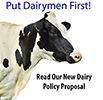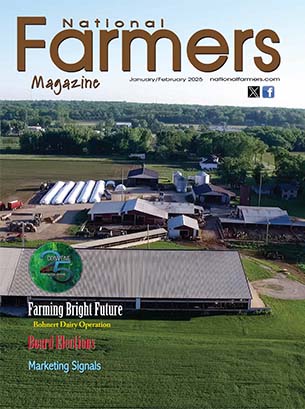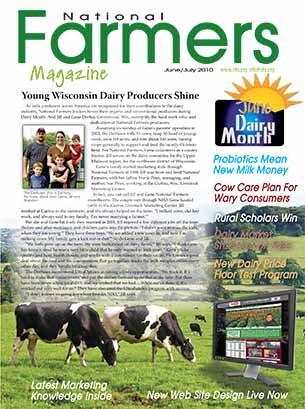Healthy Markets Despite Increasing Bird Flu Numbers
By Pat Lampert
Despite the roller coaster ride on the Chicago Mercantile Exchange futures market, fed cattle have held relatively steady over the past several weeks.
June through December is between $6 and $8 higher than in April, but still $6 to $8 lower than March. When you compare markets from last September though, we are still $10 to $15 lower.
Cattle numbers remain tight and will continue that way throughout the year. But, beware that northern packers are bringing in large numbers of Canadian cattle because of the dollar difference. They’re buying a boatload of those cattle that are cheaper when compared to U.S. cattle prices.
USDA projections have fed cattle in the mid to upper $180.00 range through the rest of the year, with possible highs in the lower $190.00 range. But of course, those are government projections.
Feeder cattle are at record highs, and it appears they may stay there for a while. In May, 600-650 pound steers brought $305-$320 per hundredweight out west. That’s nearing $2000 per head and then you have to feed them for eight to nine months. The math just doesn’t add up to profitable levels. But, it happens every year. Only at a different pricing level this year.
Holstein bull calves have been at record highs also. Bringing $600-$700 per head in the late spring, while crossbred black hide calves were $1000. The bird flu that impacted dairy herds has calmed down a bit recently. The dozen hoops we were supposed to jump through in May seem to have diminished for lactating cows crossing state lines. All we need is an owners-shipper statement from producers.
That’s the word so far, but the government is involved in this also, so who knows what may change. The good news is that cull cows are in short supply, and that market has also been higher. Feeder cattle are at record highs, but higher input costs and interest rates means you need to stay in touch on the contracting side.










